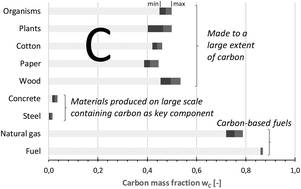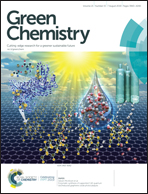Evaluating the carbon inventory, carbon fluxes and carbon cycles for a long-term sustainable world†
Abstract
Carbon is an essential element of life on earth. Since the evolution of mankind, human beings have exerted a substantial impact on carbon distribution in the various geo-habitats. By doing so, they have influenced climate on a local, regional and global scale. Climate, however, is not a constant property; due to intricate feedback loops it is always in flux. Depending on the atmospheric composition, the climate has changed globally many times over geological history, and it will continue to do so. Consequently, the key question is not if humans affect the climate, but in which direction and how quickly. Recent changes in the earth's average temperature have been linked to the increased concentration of CO2 in the atmosphere caused by the burning of fossil carbon fuels. Nevertheless, some critics continue to dismiss the real connection between CO2 emissions and the impact of CO2 on climate. Focussing on carbon as an essential element of life, this review provides an overview of the carbon inventory on earth, analyses the fluxes of carbon among the different geo-habitats and considers pathways towards establishing anthropogenic carbon cycles.



 Please wait while we load your content...
Please wait while we load your content...